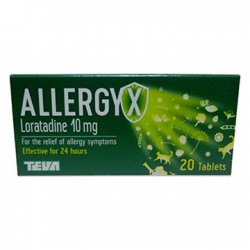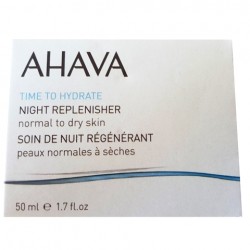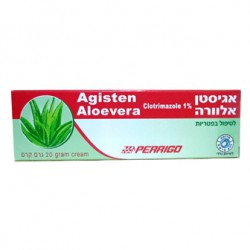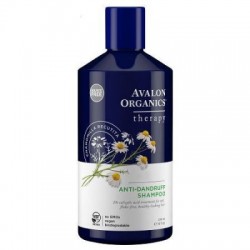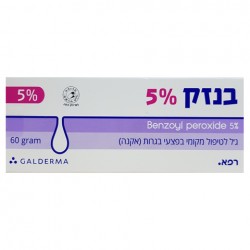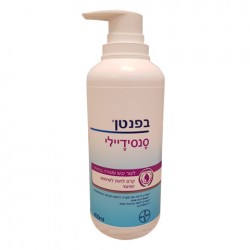Emla
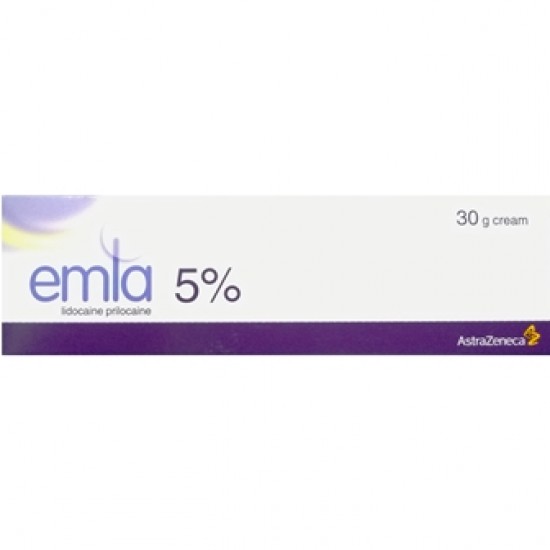
Cream for local anesthesia, effective in cosmetic and medical invasive treatments.
Active Ingredients
Each tube contains:
Lidocaine 2.5%
Prilocaine 2.5%
Indications
Therapeutic group:
Local anesthetic of the amide group.
Emla cream is intended for topical anesthetic.
Instructions
Do not swallow! This medicine is intended for external use only.
Avoid contact of the medicine with the eyes, mucous membranes and the ears. In case of contact, wash thoroughly with water.
Recommended dosage unless otherwise prescribed by your doctor:
Dosage in adults (more than 12 years old):
For needle insertion, such as when inserting an I.V. infusion or when taking blood tests - approximately 2 grams (out of the 30 grams in the tube) for each 10 square cm of skin. Apply a thick layer of the cream and cover with a sealed cover, such as adhesive nylon sheet.
For minor surgical procedures, such as scraping viral infections off the skin (mollusca contagiosum) - approximately 1.5-2 grams (out of 30 grams in the tube) for each 10 square cm of skin. Apply a thick layer of the cream and cover with a sealed cover, such as adhesive nylon sheet.
Duration on the skin of Emla cream in these cases is at least one hour and up to a maximum of 5 hours.
For removal of leg ulcers - apply 1-2 grams for each 10 square cm of skin. Apply a thick layer of cream on the area of the ulcer , but not more than 10 grams for each treatment. Cover with a sealed cover and dispose of the remains of the cream left in the tube. Duration of Emla cream on the skin - at least 30 minutes. In cases of tissues with very difficult penetrability , the duration can be prolonged to a maximum of 60 minutes. Removing the ulcer should commence within 10 minutes from removal of the cream. Emla cream can be used for up to 15 treatments during a month-two months , without reducing the effect or an increase in the number of local reactions.
On genitalia ( men only ) before injection of local anesthetics - apply approximately 1 gram for each 10 square cm of skin. Cover with a sealed cover for 15 minutes.
On genitalia ( adults only ) before minor skin surgeries such as surgery for removing condylomas - apply 5-10 gram , depending on the size of the area of treatment. Cover the whole area , including the folds in the mucosa. Sealing is not mandatory. Duration on the surface - 5-10 minutes. Surgery should commence immediately after removal of the cream.
Dosage in children:
For use on the skin before medical procedures such as needle insertion or minor skin surgeries.
|
Age/body weight |
Maximal amount of Emla cream |
Maximal application area |
Maximal duration on the skin |
|
Up to 3 months/up to 5 kg |
1 gram |
10 square cm |
1 hour |
|
3-12 months / 5-10 kg |
2 gram |
20 square cm |
4 hours |
|
1-6 years / 10-20 kg |
10 gram |
100 square cm |
4 hours |
|
7-12 years /over 20 kg |
20 gram |
200 square cm |
4 hours |
Do not exceed the recommended dose.
When used in infants up to 3 months of age, methemoglobine tests should be performed before and after use.
In children, do not use Emla cream on mucous membranes of the genitalia.
In infants up to 3 months of age do not apply another dose for 24 hours.
In infants and children over 3 months of age wait at least 12 hours until reapplying Emla.
Do not apply more than 2 doses within 24 hours.
Measuring the right amount of cream (for use in children and adults):
A stripe of cream approximately 5 cm long is roughly equivalent to 1 gram of cream.
Warnings
Do not use Emla cream if you are sensitive to any of its ingredients, or to another local anesthetic of the amide group.
Do not use this medicine on festering sores, open wounds, inflamed skin, areas that have skin rash, eczema, burns or on large skin areas.
Due to the fact that the rate of absorption of the active ingredients is dependent on the application area and the duration of contact, use of this medicine frequently, on large skin areas or for a prolonged penod of time, including use before cosmetic treatments, may cause severe side effects due to excess absorption.
Do not use this medicine on mucous membranes (inside or near the eyes, inside the nose, the ears, the mouth or the anus). In children - do not use on genitalia.
Do not use this medicine in infants under one year old who are receiving treatment with medicines that cause methemoglobinemia, such as sulfonamides.
Do not use this medicine in premature infants until they reach the chronological age of 37 weeks of pregnancy.
Be cautious not to rub or injure the area treated with Emla cream, since the treatment causes temporary numbness in the treated area.
Do not take this medicine without consulting a doctor before starting treatment:
If you are pregnant or breastfeeding (the active ingredients pass into the placenta and breast milk).
If you suffer from deficiency of the enzyme G6PD (sensitivity to ful/cooked broad beans).
If you suffer from methemoglobinemia or if you are taking medicines that cause methemoglobinemia.
If you suffer or have suffered in the past from impaired function of: the liver, the kidneys, the heart and/or vascular system, the blood system (such as anemia).
If you are taking anti-arrhythmic medicines (class 3) such as Amiodarone.
If you are taking additional local anesthetic medicines or medicines that are similar in structure to local anesthetics, such as Tocainide.
If you are sensitive to any medicine, especially to topical anesthetics.
If you suffer from a skin condition named atopic dermatitis (there may be a need to shorten the duration of application).
If you are taking another drug concomitantly, or if you have just finished treatment with another medicine, inform the attending doctor, in order to prevent hazards or lack of efficacy arising from drug interactions. This is especially important for medicines belonging to the following groups: medicines for treatment of heart diseases/hypertension or cimetidine, other local anesthetics , sulfonamides.
Please do not consider this information as an alternative to consulting your physician or pharmacist.
For further information on instructions for use, risks and side effects, please read the patient package insert and consult your doctor or pharmacist.
Read the patient package insert carefully before starting to take any medication.






